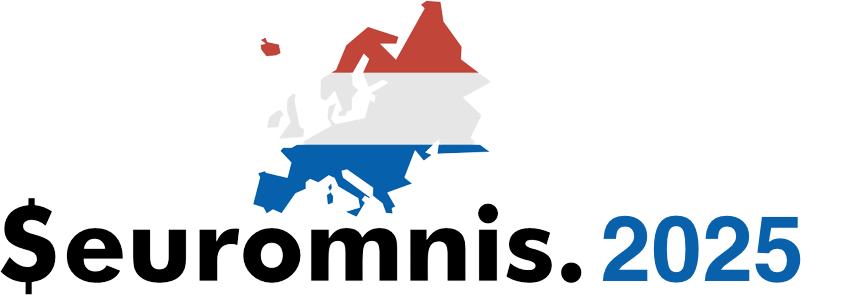4 days / 20 talks
Awesome and great speakers

Scotte Meredith
He brings both analytical thinking, via his training in scientific disciplines, and a bit of art to his development. He has taught junior/senior high students and done corporate training. He’s been using Omnis since Omnis 3.3+… way back in the day.
He takes particular interest in GUI design and user experience. His current work been extensive alteration or the look, feel, and behaviour of Studio programs, and specifically to refresh older applications.
Adding beauty to your application on the desktop
Historically, products created using Studio looked very similar because we all used the same objects that Omnis provided in our repertoire. Studio 11.1 adds new desktop widgets and expands features in existing ones, allowing developers to make more modern design choices.
But we can be much more creative with what we have and add a CSS-like addition to Studio that I call oCSS. This allows us to enforce a common look to all windows and re-skin the app at will. It also allows you to add rounded edges, spell-checking, and other features across your entire application without having to change each field.
We will look at UI (User Interface) and UX (User Experience) principles to “Enchant and Delight” our users (Guy Kawasaki).
The session will cover:
- Adding features like rounded edges, padding, spell-checking and other properties to fields without having to change every field manually.
- Dots, Tags, Stickies, and badges.
- Colors, white space, visual clues.
- How to use SVG icon elements found on the web in our desktop applications in creative ways and move beyond bit map images for icons and images.
- Look at ways of including Natural Language Processing (NLP), Google-like searches throughout the database, creating on-the-fly reports and searches
- oCSS – easy to implement styling for fields that enhances and surpasses Studio #styles capability. It allows the developer (or user) to give a much more modern look to fields, add borders, spell checking, font changes, dark mode, etc. This can be a godsend to keep interfaces current since Apple or Windows revise their OS look constantly with each version.
- Giving users ways to customize reports with little effort
- Some options to use oBrowser to enhance the user interface
- and a number of other things
